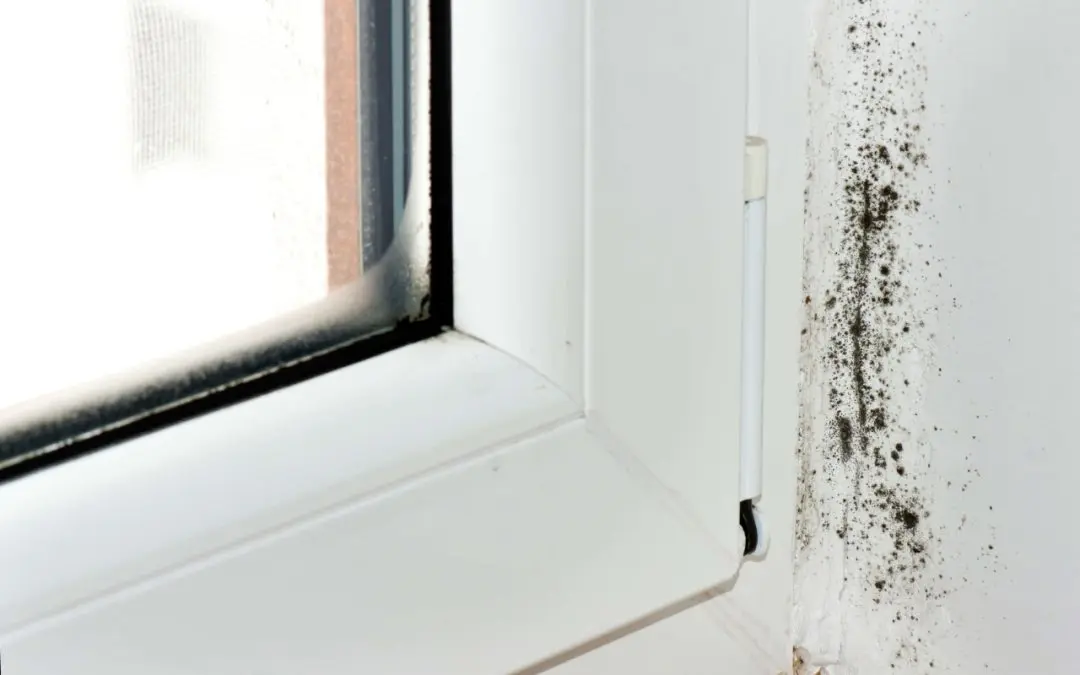Mold is a problem that can affect health, comfort, and your home’s structural integrity. Mold spores are everywhere in the air, waiting for the right environment to multiply. Once they find dampness, they settle in and spread quickly. It feeds on organic matter such as wood, drywall, carpet, and even fabric, breaking them down over time. Repairs could be costly, and in severe cases, entire sections of flooring or walls may need replacement. Understanding how to prevent mold growth is key to safeguarding the household’s health and the property’s value.
Controlling Moisture to Prevent Mold Growth
Because mold depends on moisture, keeping your home dry is the most effective way to stay ahead of it. Even minor leaks could trigger major mold issues if they go unnoticed. Roof leaks, plumbing drips, or condensation around windows all provide a breeding ground. Homeowners should regularly inspect basements, attics, crawl spaces, and under sinks for dampness. Quick action is essential. Repairing a leaky faucet promptly, resealing windows, or ensuring your gutters direct water away from the foundation will all help prevent mold growth before it starts. Bathrooms and kitchens are particularly vulnerable, so make a habit of running exhaust fans, wiping down surfaces, and fixing grout or caulking that shows wear. These small habits add up to a powerful defense against mold.
Proper Ventilation Helps Prevent Mold Growth
Poor ventilation traps humidity inside, creating the damp conditions mold thrives in. Simple steps like opening windows on dry days, running ceiling fans, or using dehumidifiers could make a big difference. For areas prone to moisture, like attics, basements, and crawl spaces, ventilation upgrades are especially important. Vents that allow air to circulate freely help reduce humidity levels and keep these hidden areas dry. For homebuyers purchasing older homes, assessing the ventilation system should be part of the evaluation process. Improving airflow helps prevent mold growth and contributes to better overall indoor air quality.
Cleaning Habits That Prevent Mold Growth
Routine cleaning is a powerful tool in the fight against mold. Bathrooms should be wiped down frequently since shower walls and tile grout collect moisture. Kitchens also deserve attention, especially around sinks, dishwashers, and refrigerators where leaks or spills are common. Bathmats, shower curtains, and towels should be washed often, as they can harbor mold if left damp. Even carpets, particularly in entryways or basements, need regular cleaning to avoid holding onto moisture and dirt. For HVAC systems, replacing filters and cleaning ducts helps reduce the spread of spores throughout the home. By maintaining these habits, homeowners create an environment that makes it much harder for mold to gain a foothold.
The Role of Materials in Mold Prevention
The surfaces and finishes you choose can influence how easily mold develops. Carpeting in basements is a known risk because it traps moisture, while tile, vinyl, and sealed concrete are much more resistant. In bathrooms, choosing paint with mold- and mildew-resistant properties will provide added protection. For new homeowners or those planning renovations, thinking ahead about materials could make a big difference. Using moisture-resistant drywall in bathrooms or waterproof flooring in laundry rooms reduces long-term risk. Even small choices, like properly sealing wood or choosing cabinetry designed to withstand humidity, help prevent mold growth over time.
Why Professional Help May Be Needed
Despite your best efforts, mold will sometimes still appear, especially if it’s hiding in places you can’t easily access. When you notice mold spreading quickly, covering large areas, or returning after repeated cleanings, it’s time to bring in professionals. Mold remediation experts remove visible growth and address the root cause, whether that’s a hidden leak, poor ventilation, or excessive humidity. Professional inspections are valuable if you suspect mold but cannot see it. Specialists use tools like thermal imaging or moisture meters to detect hidden dampness behind walls or under floors. Early detection is critical, and relying on expert guidance guarantees the problem is resolved thoroughly.
The Long-Term Value of Preventing Mold
Staying vigilant about mold is a long-term investment in your property. Mold damage could lower property value, deter potential buyers, and lead to expensive repairs. By taking proactive steps to prevent mold growth, you’re protecting your health while preserving the beauty, safety, and value of your home. With consistent maintenance, proper ventilation, and smart material choices, you will keep mold from becoming more than a passing concern.
FAQs
What are the first signs of mold in a home?
Early signs include musty odors, discoloration on walls or ceilings, or areas that consistently feel damp.
Can mold grow in hidden places?
Yes, mold often grows behind walls, under flooring, or inside HVAC systems where moisture collects unnoticed.
Are DIY mold removal methods effective?
For small, surface-level mold, DIY cleaning with appropriate solutions might work. For larger infestations, professional remediation is recommended.
How quickly can mold spread in a home?
Mold can begin to develop within 24 to 48 hours under the right conditions, making fast action critical.
American Dream Home Inspections offers professional home inspection services to Rhode Island and South and Central Massachusetts. Contact us to schedule an appointment for our services.

